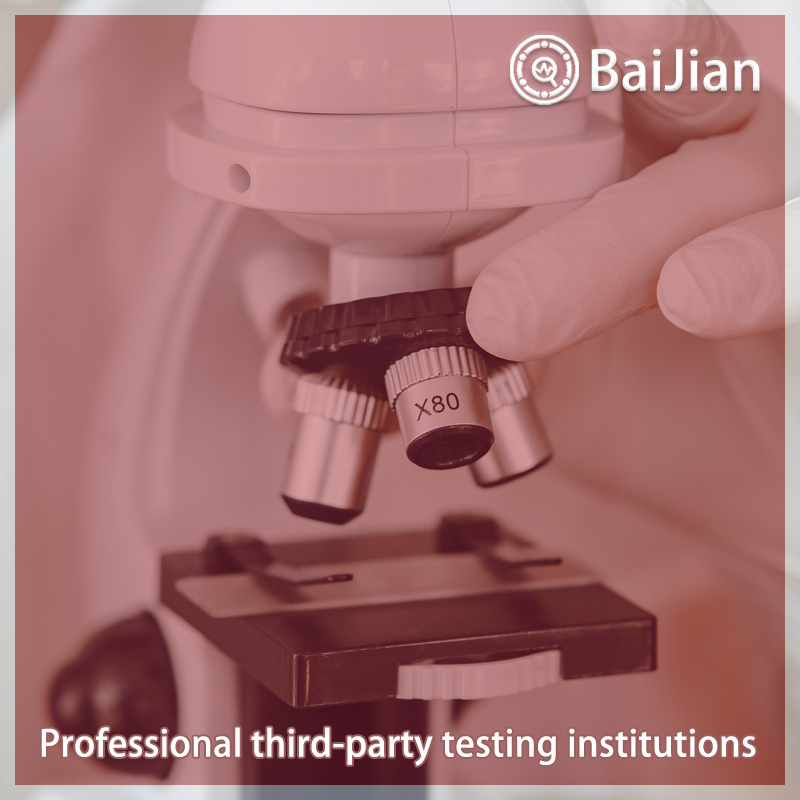
Telegraph is one of the earliest and reliable instant long-distance communication methods that used electricity to transmit information. It was developed in the 1830s in the UK and the United States. Telegram information is sent through a dedicated exchange line in the form of an electrical signal, which is encoded instead of words and numbers. The usual encoding used is the Morse code. With the widespread application of telephones, faxes, etc., telegrams have been rarely used by people. Before the invention of the telegraph, the main methods of long-distance communication included: courier, carrier pigeon, carrier dog, and beacon smoke. Post delivery is a process in which specialized personnel take horses or other means of transportation to relay letters to their destination. Establishing a reliable and fast courier system requires a very high cost. Firstly, a good road network must be established, and then suitable courier station facilities must be equipped. It is not feasible in areas with inconvenient transportation. The reliability of using carrier pigeons for communication is very low, and it is limited by weather and path. Another type of communication method is to use signals visible to the naked eye, such as beacon smoke or semaphores, and light signals, to transmit signals through relay methods. This method is also expensive and susceptible to weather and terrain influences. Before the invention of the telegraph, only the most important messages were transmitted, and its speed was unbearable slow. European scientists gradually discovered various characteristics of electricity in the 18th century. At the same time, some people began to study the possibility of using electricity to transmit information. As early as 1753, an Englishman proposed using static electricity to send telegrams. His idea is to use 26 wires to represent 26 English letters. The party sending the telegram applies static electricity to the wires in textual order. The receiving party connects small strips of paper to each wire. When the paper strip rises due to static electricity, it can transcribe the text. During the same period, France was the first to use light signals and semaphores to spread information on a series of tall towers, known as Optical telegraphy. It is also the English origin of the term telegraph, which can transmit signals to distant places in a short period of time. However, its limitation is that a large number of people are needed to relay messages within and outside the terrain, and it is also affected by the weather. The first telegraph line that was truly put into operation first appeared in England in 1839. It is installed between two stations on the Great Western Railway for communication purposes. This route is 13 miles long and has a pointer design, invented by Charles Wheatstone and William Cook. Both of them obtained a British patent for their invention in 1837. In the United States, Samuel Morse invented the telegraph near the same time and obtained a patent in the United States in 1837. Morse also developed a method of encoding letters and numbers for transmission, called Morse code
Function of testing report:
1. Project bidding: Issue authoritative third-party CMA/CNAS qualification report
2. Online e-commerce platform entry: Quality inspection report recognized by major e-commerce platforms 3. Used as a sales report: issuing legally effective testing reports to make consumers more confident 4. Papers and research: Provide professional personalized testing needs 5. Judicial services: providing scientific, fair, and accurate testing data 6. Industrial problem diagnosis: Verify the troubleshooting and correction of industrial production problemsBaijian and testing process:
1. Telephone communication and confirmation of requirements
2. Recommend solutions and confirm quotations 3. Mail samples and arrange testing 4. Progress tracking and result feedback 5. Provide reports and after-sales service 6. If urgent or priority processing is requiredTesting and testing characteristics:
1. The testing industry is fully covered, meeting different testing needs
2. Fully cover the laboratory and allocate localized testing nearby3. Engineers provide one-on-one services to make testing more accurate
4. Free initial testing, with no testing fees charged
5. Self service order delivery for free on-site sampling
6. Short cycle, low cost, and attentive service 7. Possess authoritative qualifications such as CMA, CNAS, CAL, etc 8. The testing report is authoritative and effective, and is generally used in China